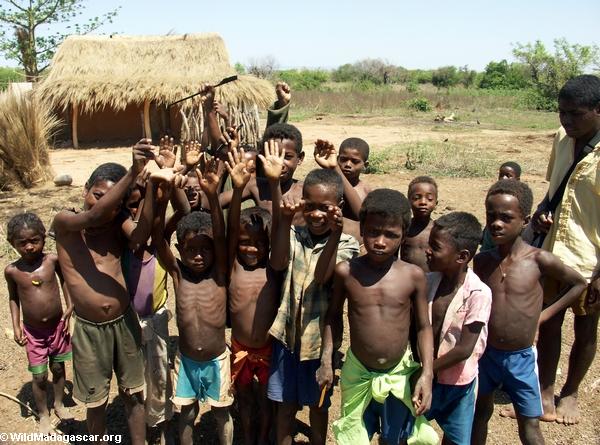Mobilizing seniors to fight poverty in Africa
mongabay.com editorial
September 9, 2005 (Updated)
For all the hype around sending billions of dollars in aid to Africa, it is important to remember that money must be spent wisely. Some of the largest recipients of aid in the past are still some of the world’s poorest countries thanks to corrupt regimes that consumed massive amounts of aid. Direct aid has not only bred corruption and the misallocation of resources away from those who need it most, but it has also fostered dependency and skewed the perceived value of goods and services.
One program that could have potential for real poverty alleviation in Africa is a “Gray Corps” concept which would take advantage of the experience and expertise of aging Americans (aged 65 and older), a segment of the population that is expected to grow from approximately 35 million in 2000 to an estimated 71 million in 2030. This group could be key to addressing a number of looming social issues both here in the United States and abroad.
|
The Peace Corps The Peace Corps traces its roots and mission to 1960, when then-Senator John F. Kennedy challenged students at the University of Michigan to serve their country in the cause of peace by living and working in developing countries. From that inspiration grew an agency of the federal government devoted to world peace and friendship. Since that time, more than 178,000 Peace Corps Volunteers have been invited by 138 host countries to work on issues ranging from AIDS education, information technology, and environmental preservation. Existing programs for seniors AmeriCorps, Senior Corps, and Learn and Serve America are community services programs that engage 2 million Americans each year. |
The concept of a “Gray Corps” or “Senior Citizen’s Corps,” whereby ageing citizens spend periods of time doing volunteer work in developing countries, could pay significant dividends in the effort to alleviate human suffering in some of the poorest parts of the world. Modeled on the successful Peace Corps program established by John F. Kennedy, a GrayCorps would allow older citizens to serve their country in the cause of peace and poverty alleviation by living and working in developing countries where they would put their years of expertise to work in helping with health, education, and development issues. In many parts of the world, especially sub-Sarahan Africa, the largest impediment to development is a shortage of skills. It is these Americans who can help fill this skills gap at a minimal cost to taxpayers. As an incentive to older Americans participating in the program, earnings, though minimal, would not be included as social security income.
 Children in rural Madagascar |
While older Americans would have special needs in terms of health and comfort requirements for their time in the field, their needs are not an insurmountable challenge. Carefully articulated guidelines and a government-sponsored health assessment could make this a very real and attractive option for addressing human suffering on a global scale.
The GrayCrops concept should be explored at the upcoming White House Conference on Aging, a meeting that occurs only once a decade and is meeting this year in Washington on December 11-14. Currently the focus of senior volunteer programs is towards activities in the United States. The time has come to expand these programs to the rest of the world where the payoffs will be even greater.
Related articles:
Developing sustainable business models that address the needs of the world’s poor – 25-May-2005
People involved with international development and poverty alleviation programs are increasingly looking toward the private sector for inspiration and assistance. Many believe that involving business in such efforts will not only bring wealth, respect, dignity, and improved education and health to the world’s poor but also prove to be a profitable business strategy.
Helping the poor by selling them stuff – 24-May-2005
Helping the poor by selling them stuff; poverty alleviation through private enterprise. In his book, The Fortune at the Bottom of the Pyramid: Eradicating Poverty Through Profits, Prahalad argues that by regarding the world’s masses, who he terms “the bottom of the pyramid,” as potential customers, businesses and the poor will be better off. Prahalad suggests that the private sector may do a better job eradicating poverty, building dignity and respect, encouraging entrepreneurship, and reducing dependency than handouts under traditional aid programs
A look at why is Madagascar so poor – 22-May-2005
Madagascar is one of the world’s poorest countries. In the Human Development Index of 2003, an indicator created by the United Nations Development Programme which measures achievements in terms of life expectancy, educational attainment and adjusted real income, Madagascar was ranked #149 out of 175 counties. Most Malagasy live on less than a dollar per day and nearly half of the country’s children under five years of age are malnourished.